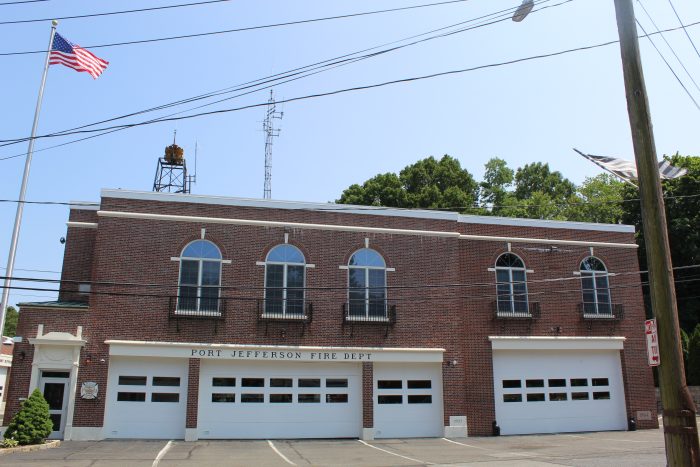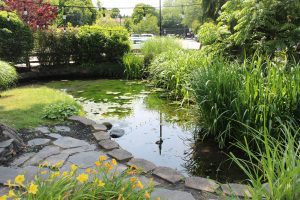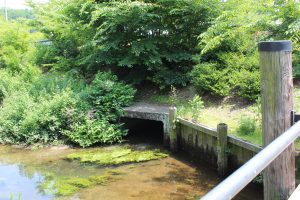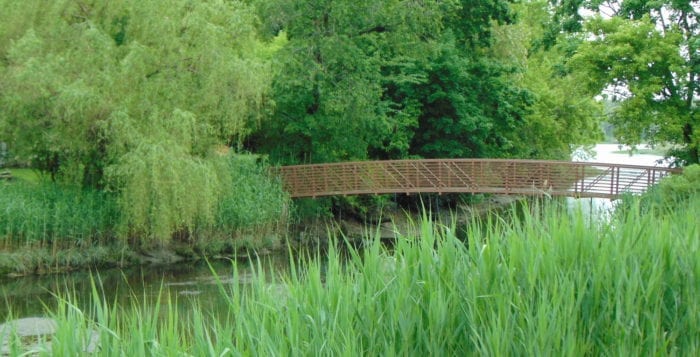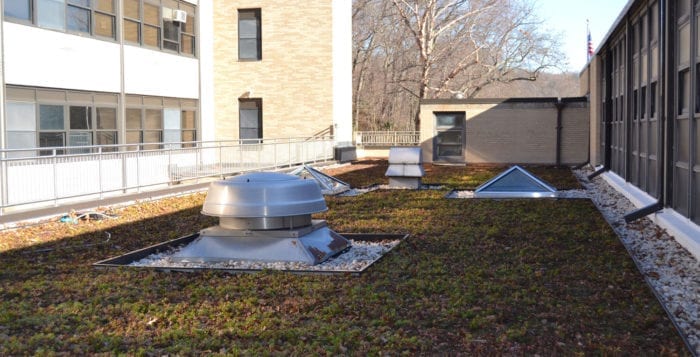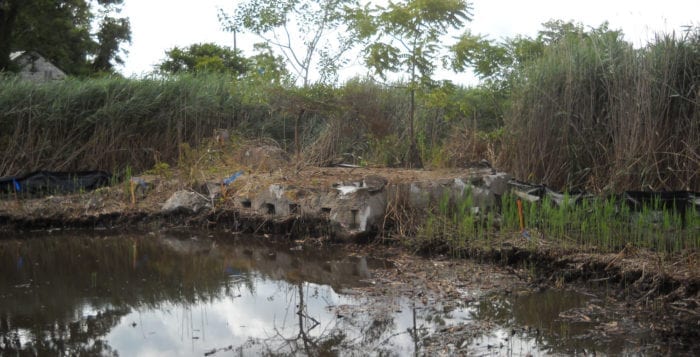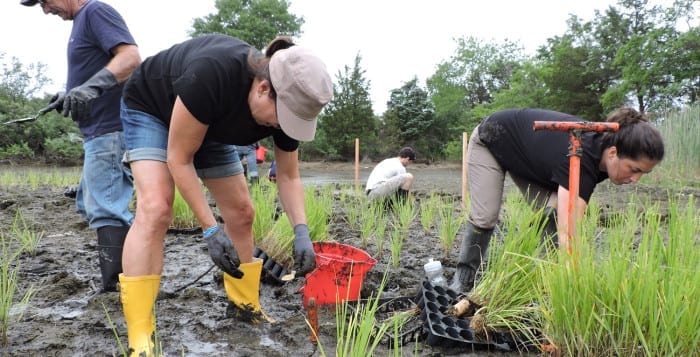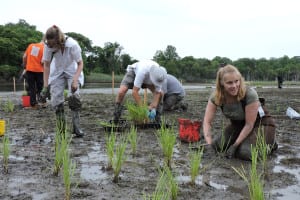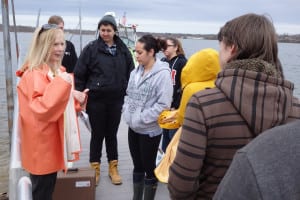Save the Sound’s most recent report card states that inner and outer Port Jefferson Harbor, as well as middle Port Jefferson Harbor (Setauket Harbor), are among Long Island Sound’s top five waterways, boasting strong water chemistry. Water chemistry ratings indicate that a body of water has healthy chemical conditions that support aquatic life and overall ecosystem health.
This is something to celebrate, as stormwater systems have steadily reduced our harbors’ nitrogen levels over the past 30 years.
However, despite our improved knowledge of waste disposal and our diligent efforts to test our water’s chemical and bacterial levels, more work remains to be done.
August’s devastating storm served as a stark reminder that Mother Nature is a powerful force. Despite our area’s best efforts, advanced technologies, and state-of-the-art flood safeguards, millions of dollars in damage proved that even our best preventive efforts can be in vain.
That is why we must not remain stagnant in our efforts to protect our island. Worsening weather conditions can easily overshadow even our most cautious endeavors. Following the recent storm, bacteria levels in Stony Brook Harbor and neighboring waterways spiked, creating an unsuitable environment for aquatic life—not to mention the dozens of fish that washed up on our streets.
So, TBR implores you: Please continue your efforts to keep our environment clean and safe. Properly dispose of household chemicals and waste, minimize fertilizer and pesticide use, and maintain your car to prevent leaks.
Don’t forget to pick up litter you see in the streets and be mindful of your own waste. Community cleanups are frequently held in our coverage areas, providing not only a great way to keep our environment pristine but also an opportunity to connect with fellow community members. Water conservation is crucial, as well. It helps maintain healthy water levels in rivers, lakes, and estuaries, preventing excessive pollution concentration, protecting our aquatic ecosystems, and ensuring sufficient water for recreation and wildlife survival.
Bask in the success of our environmental consciousness, but don’t rest on your laurels. Together, we can make Long Island cleaner and safer for our ecosystems than ever before!


